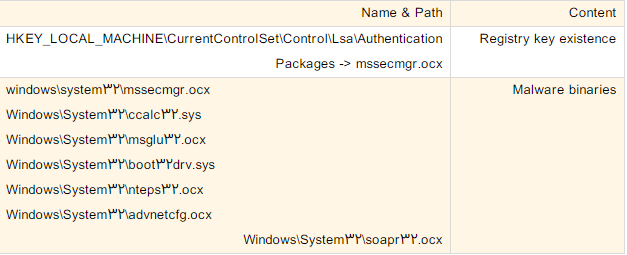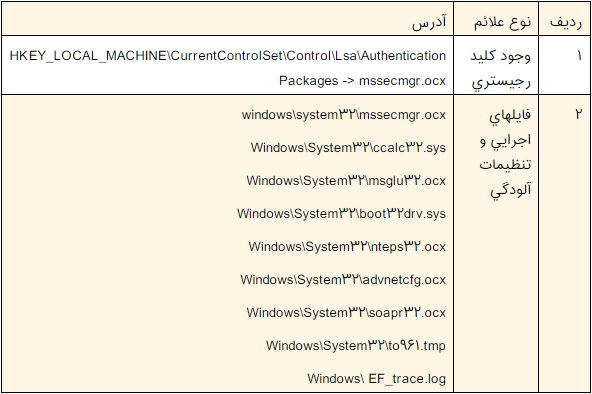17 درصد كامپيوترهای شخصی بدون آنتیويروس هستند
شماره: IRCNE2012061508
تاريخ: 16/03/91
يك مطالعه مك كافي بر روي كامپيوترهاي شخصي در سراسر جهان نشان داد كه 17 درصد آن ها داراي حفاظت آنتي ويروس نمي باشند.
در اين مطالعه ماشين هاي حفاظت نشده شامل سيستم هايي بودند كه بر روي آن ها آنتي ويروس نصب نشده بود يا اعتبار آنتي ويروس هاي آن ها منقضي شده بود. در ايالات متحده، 12 درصد كامپيوترهاي شخصي فاقد آنتي ويروس بودند و اعتبار آنتي ويروس 7 درصد از سيستم ها منقضي شده بود.
مك كافي تجزيه و تحليل اين داده ها را از اسكن 27 ميليون ماشين داوطلب در 24 كشور بدست آورده است. به گفته اين شركت، اين مطالعه براي اولين بار به جاي راي گيري از كاربران به بررسي مستقيم ماشين ها پرداخته است. گري ديويس، مدير بازاريابي مك كافي اظهار داشت كه آمارها در نظرسنجي از كاربران نشان مي دهد كه تنها 6 درصد از كامپيوترهاي شخصي فاقد آنتي ويروس هستند. ديويس توضيح داد: مردم مي دانند استفاده از آنتي ويروس كار درستي است. در برخي از موارد آن ها معتقدند كه نرم افزار آننتي ويروس آن ها فعال است در صورتي كه اعتبار آن منقضي شده است.
ديويس گفت: ما فكر مي كرديم كه كشورهاي آمريكا و ژاپن در صدر كشورهاي حفاظت شده قرار دارند، اما در واقع آن ها در پايين اين ليست قرار دارند. اسپانيا با 16 درصد، بالاترين درصد كامپيوترهاي شخصي بدون حفاظت آنتي ويروس را دارا مي باشد.
ديويس معتقد است كه آموزش كاربران ممكن است به كاهش تعداد ماشين هاي بدون آنتي ويروس كمك نمايد. هم چنين به روز رساني به ويندوز 8 كه مستلزم فعال كردن آنتي ويروس است، ممكن است به حل اين مساله كمك كند.



